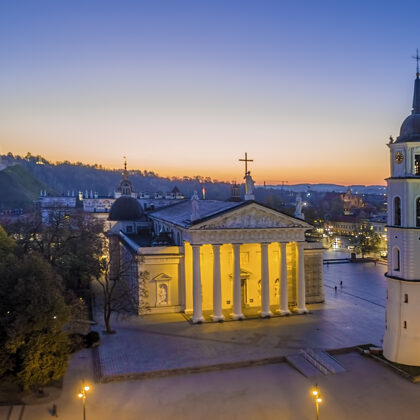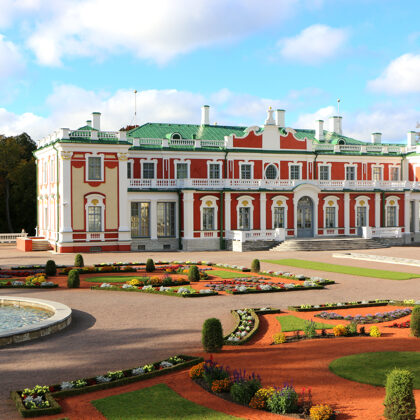Combined itineraries
The Baltic States are profiting from geographical location that allows easy itinerary combinations with Scandinavia, Poland and Belarus. Helsinki, the capital of Finland is just 2 hours trip by a comfortable ferry. Stockholm, the capital of Sweden is just an overnight away from Tallinn in nice ferry cabin. The Baltic States are easily accessible by air, land or water transport. We will help you plan your trip to the Baltic States with different types of route combinations!

















